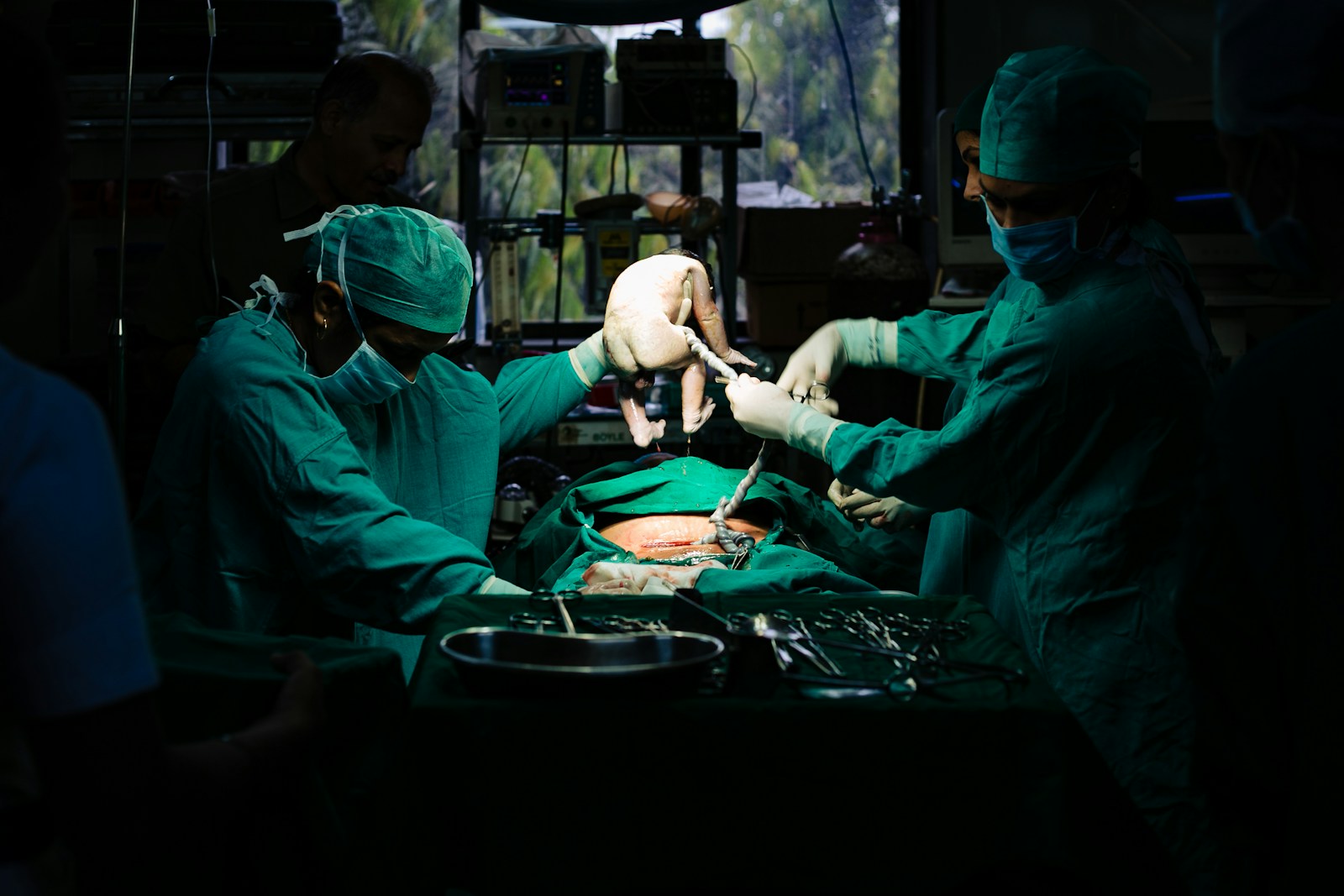Learn about the in vitro fertilization (IVF) process from start to finish, including ovarian stimulation, egg retrieval, fertilization, embryo culture, and embryo transfer.
IVF Process
The process of in vitro fertilization (IVF) involves several steps to help a couple achieve pregnancy. Here is a detailed description of the IVF process:
- Ovarian stimulation: The first step in the IVF process is to stimulate the woman’s ovaries to produce multiple eggs. This is typically done using fertility medication, such as gonadotropins, which help the ovaries to produce multiple eggs. The woman will need to self-administer the medication through injections and will be monitored with blood tests and ultrasound exams to ensure that the eggs are mature and ready to be retrieved.
- Egg retrieval: Once the eggs are mature, they are retrieved from the ovaries using a needle guided by ultrasound. The procedure is performed under conscious sedation and takes about 30 minutes.
- Fertilization: The retrieved eggs are mixed with sperm in the laboratory to allow fertilization to occur. The sperm may come from the woman’s partner or from a sperm donor. If the woman’s partner has a low sperm count or poor sperm quality, intracytoplasmic sperm injection (ICSI) may be used. During ICSI, a single sperm is injected directly into the egg to fertilize it.
- Embryo culture: The fertilized eggs, now called embryos, are allowed to grow and divide in the laboratory for several days. The embryos are placed in a special media that provides the necessary nutrients for growth. The number of embryos that are allowed to grow will depend on the woman’s age, the quality of the embryos, and the couple’s preference.
- Embryo transfer: Once the embryos have reached the blastocyst stage (5-6 days after fertilization), they are ready to be transferred back into the woman’s uterus. The transfer is usually done using a thin, flexible tube called a catheter, which is inserted through the cervix into the uterus. The number of embryos that are transferred will depend on the woman’s age, the quality of the embryos, and the couple’s preference.
- Pregnancy test: A pregnancy test is performed a few weeks after the embryo transfer to determine if the procedure was successful. If the test is positive, the woman will be monitored with blood tests and ultrasound exams to ensure that the pregnancy is progressing normally.
It is important to note that the IVF process may take several weeks to complete and may require several cycles to be successful. The success rate of IVF depends on a variety of factors, including the woman’s age, the cause of infertility, and the quality of the eggs and sperm used. In general, the success rate of IVF increases with the number of cycles attempted.


